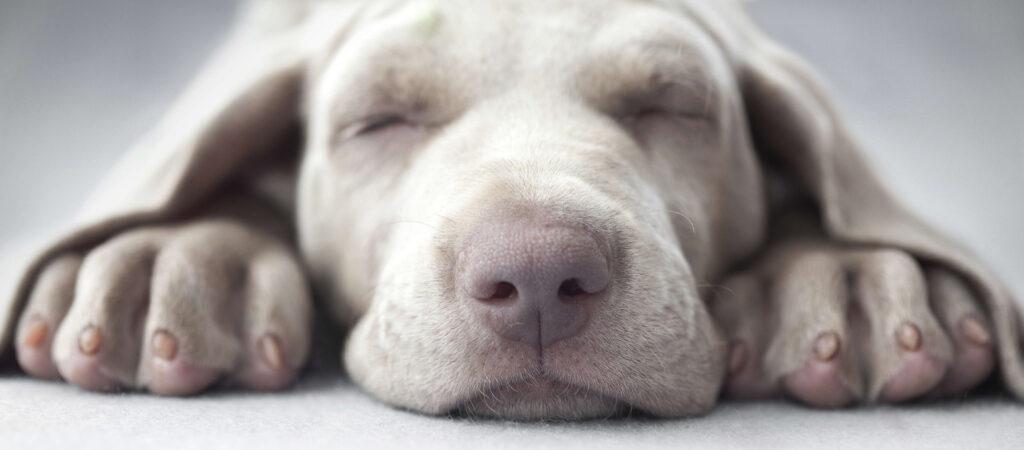Most dog owners will have seen their canines consuming grass at some point. In fact, it is believed that the majority of dogs eat grass most days.
The most popular grass our dogs seek out is Elymus Repens, commonly known as Couch or Dog Grass. The new shoots in spring are tender, moist and sweet with naturally occurring sugars. However, as the grass matures, it can become rough with tiny barbs, which you can feel if you run your fingers down the middle and outer edges.
A source of moisture
Some dogs, particularly those on a dry food diet, will eat grass in search of additional moisture. They acquire this moisture from the leaves or roots of the grasses or even from the dew that lies on the grass in the morning.
A source of fibre
Fresh grasses are abundant in a variety of dietary fibres, which are needed to keep the gut moving, and the gut microbes healthy. If you feel your dog is overeating grass, it may signify that he needs more fibre in his diet. In this case, try adding a few steamed vegetables to the food. Alternatively, you can blitz raw vegetables in the blender and add this to his meals. Safe vegetables include broccoli, spinach, courgette, kale and parsley. This additional fibre in the diet will often stop the desire to consume large quantities of grass in just a few days.
A source of nutrients
Grasses do not offer a large number of nutrients for dogs, but they do provide a certain amount of vitamin A, B, iron, fibre and silica. It is thought that when dogs crave these vitamins and minerals, they eat more grass.
Did you know?
Wolves and wild canines hunt and kill herbivores to consume not only the meat but also the contents of the stomach, which is usually partially digested grasses, herbs and other roughage. This provides welcome moisture, fibre and enzymes to help digest a heavy, meat-rich meal. [end box]
When to investigate further
The majority of dogs will eat grass most days and seem to enjoy the experience. They will do this despite a good balanced diet, and never have any adverse effects.
However, there are certain circumstances where further investigation is necessary. Some dogs actively seek out certain grasses to induce vomiting. In this case, you may notice the dog drooling, licking their lips, swallowing hard and rushing outside to eat grass. This tends to be a more rapid, frantic grabbing of the grass rather than slow, selective grazing. After vomiting has occurred, there may be temporary relief of nausea, reflux or easing of stomach irritation. Most of us will have seen our dogs do this at some stage, as a once-off, and they seem to be totally unaffected afterwards and back to their usual selves within minutes.
However, if your dog is regularly eating large volumes of grass, particularly after their meals and then vomiting, there could be an underlying health issue that needs investigating by your vet. Dogs may induce vomiting to eat the regurgitated food immediately afterwards as they cannot absorb nutrients the first time round and need to re-ingest the stomach contents to make them more digestible. This will require a visit to your vet for further investigation.
Eating a large amount of coarse grass that cannot be digested will cause stomach irritation, add volume and bulk to the stools, and be passed out of the rectum almost intact. Dogs can exhibit this behaviour when they have a high worm burden, as this encourages the elimination of parasites. It is essential to carry out a faecal worm count to establish if this is actually the cause. You will need to speak to your vet to arrange this.
Take-home message
Most of the time, eating grass is a pleasurable pastime for your pooch. However, there are situations where the habit may warrant a visit to the vet. Keeping tabs on how and when your dog eats grass should give you a pretty good idea about whether or not you need to seek veterinary attention.


